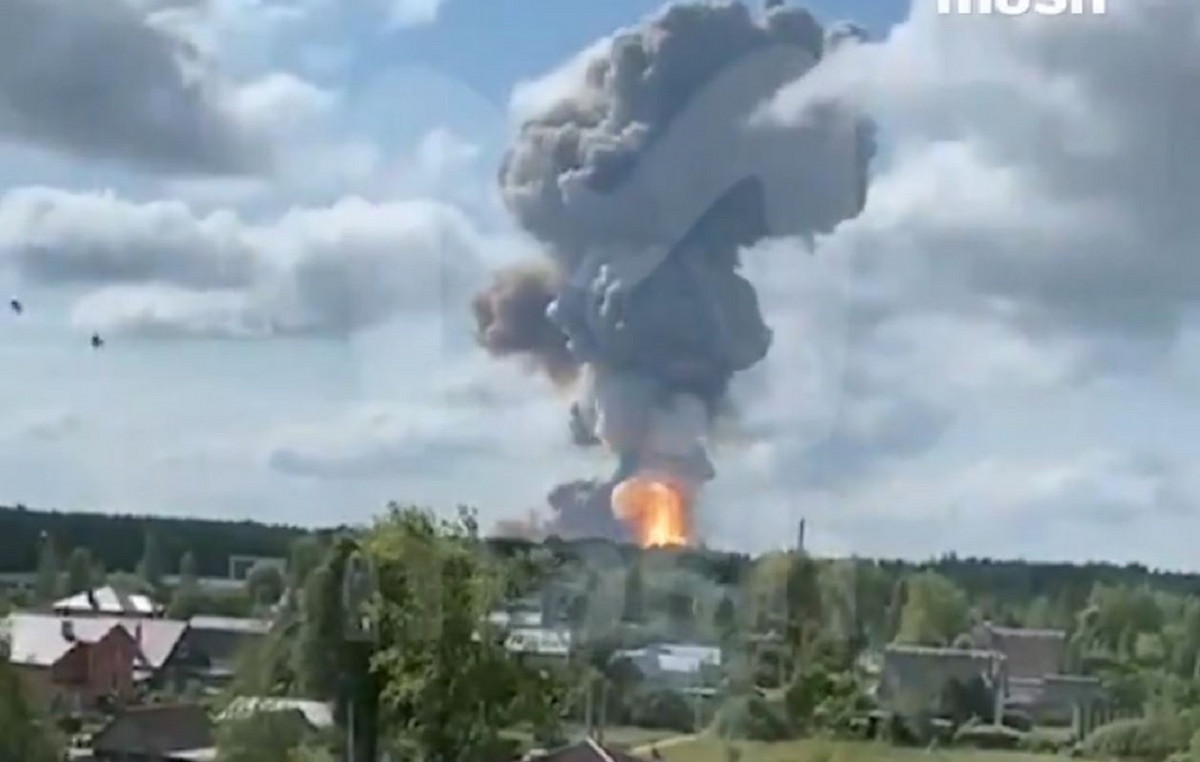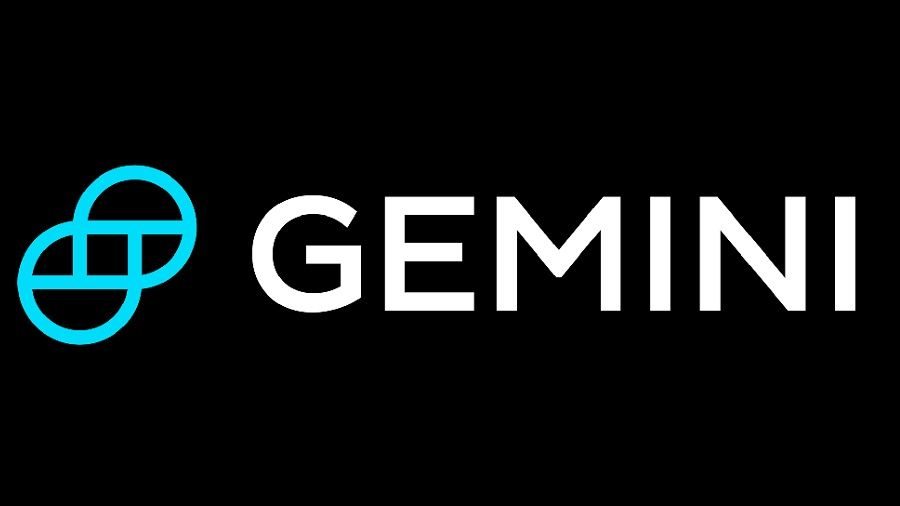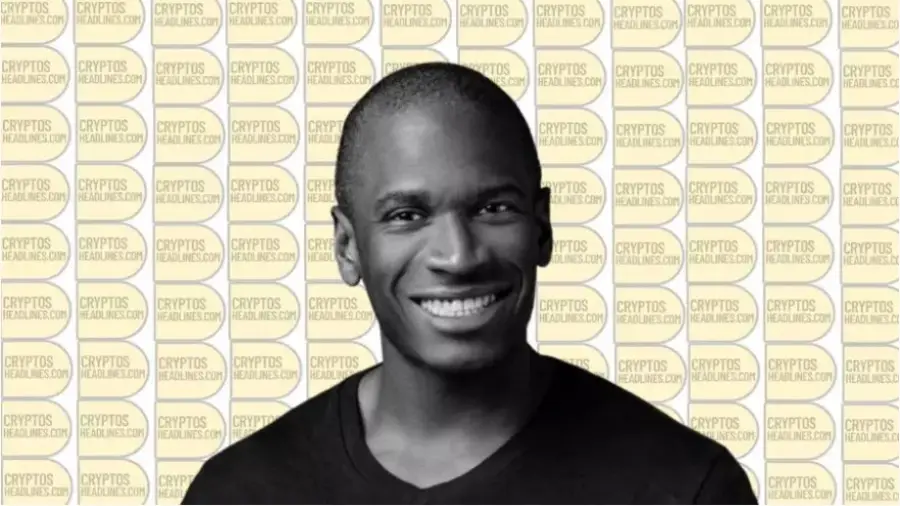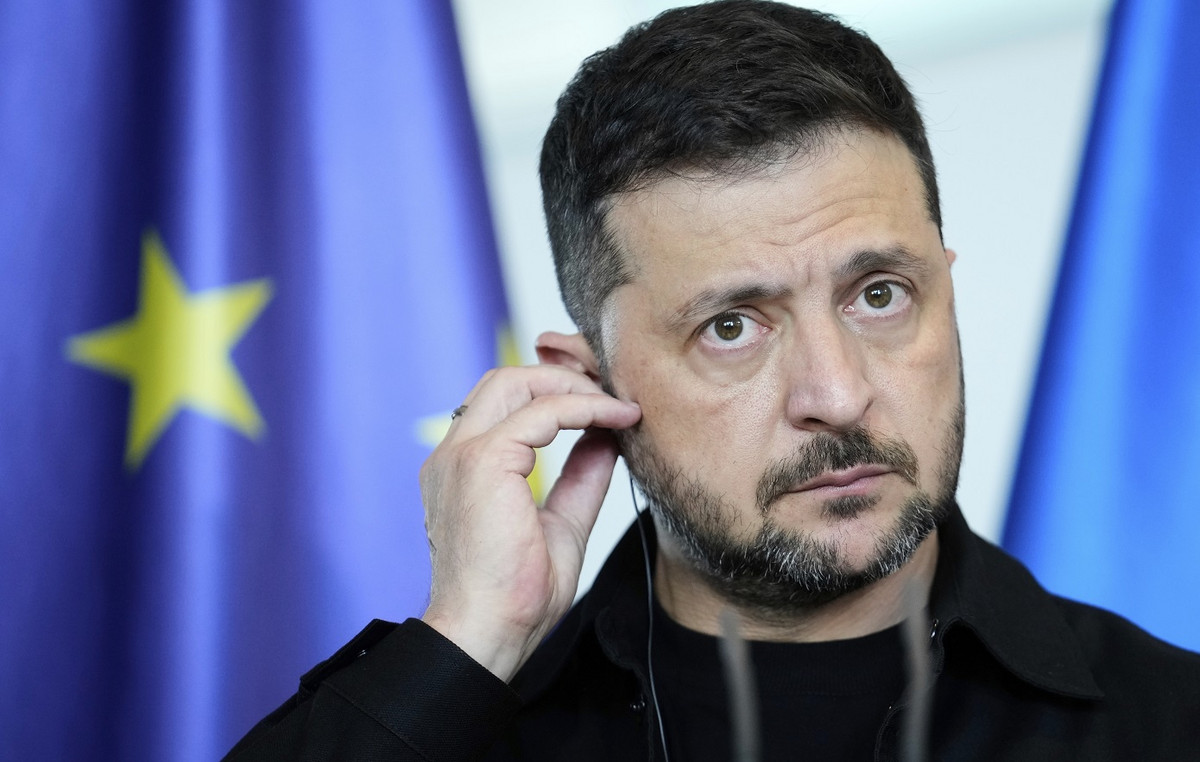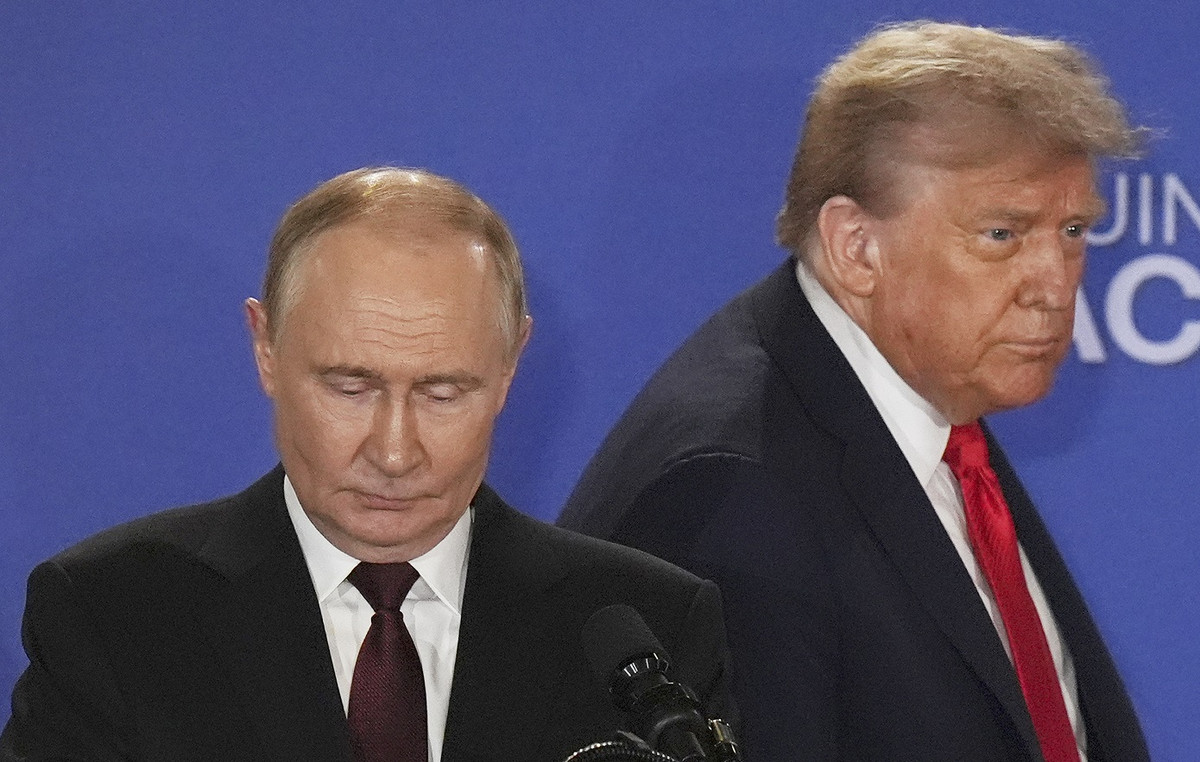2021 was a busy year for space tourism. Names like Jeff Bezos, Elon Musk and Richard Branson have made multi-million investments in the sector, both to make travel more accessible and to fulfill the childhood dream of visiting space.
In fact, 2022 promises to be another year marked by the private sector in space travel. Big companies are starting to permeate all areas of spaceflight, from the most spectacular private launches to the smallest details that surround this atmosphere.
Despite having become popular last year, space tourism among billionaires started in 2007. Meet some eccentric billionaires who have traveled to space, and others who still intend to go in the next few years:
Charles Simonyi
The first billionaire to go into space was Charles Simonyi, responsible for building the first versions of Microsoft Office.
The computer mogul made two trips to the International Space Station, in April 2007 and March 2009, through space tourism company Space Adventures. The expeditions cost the billionaire around $60 million.
Guy Laliberte
In September 2009, another billionaire was traveling into space: Guy Laliberte, Canadian entrepreneur and founder of Cirque Du Soleil.
Guy began his career as a circus performer as a fire-eater, peg-legged man, and accordionist. It took some of its origins on its trip: in addition to the astronaut clothes, the entire crew went up to space using a clown nose.
The billionaire paid $35 million to go to the International Space Station in September 2009.
Richard Branson
Competing with Jeff Bezos, Richard Branson, founder of the aeronautics company Virgin Galactic, traveled more than a week before the CEO of Amazon, on July 11, 2021.
The flight took place by Virgin Galactic’s VSS Unity space plane. Branson plans to begin commercial operation this year, carrying up to 400 flights a year.
About 600 passengers have already secured their seats on Virgin Galactic aircraft — paying between $200,000 and $250,000. Celebrities like Angelina Jolie and Tom Hanks have already secured their seats.
The provocation ended up triggering a conflict between the billionaires. Bezos criticized the equipment used by Branson — saying that the competitor would cause 100 times more damage to the ozone layer — and even said that the competitor did not go to space, as it did not cross Karman’s line.
The Karman Line, which is 100 km away from sea level, is where the boundary between the Earth’s atmosphere and space is marked. Richard’s VSS Unity only reached 86 km.
Although both flights were suborbital, that is, the spacecraft reached the edge of space and returned without going around the Earth, Bezos’ spacecraft reached 100 km.
Despite Bezos’ jabs, for NASA’s criteria, which considers that the space boundary begins at 80 km of attitude, Branson was also there.
On September 1, the Federal Aviation Administration (FAA), the agency that regulates aviation in the US, confirmed that it was investigating Richard Branson’s space flight. The agency said the rocket operated by its company, Virgin Galactic, veered off course during its descent.
At the end of September, the investigations were closed, and the company was able to resume its spaceflights normally. Still, the company is delaying the start of commercial services until at least the third quarter of 2022, citing unrelated technology updates.
Jeff Bezos
About a week after Branson, Jeff Bezos, founder of Amazon and astronautics company Blue Origin, embarks with three more escorts into space in July 2021.
The four went aboard the New Shepard rocket, which took Jeff Bezos and his crew into space. The name was given in honor of astronaut Alan Shepard, the first American to go into space in 1961.
Bezos took his brother, Mark Bezos; Wally Funk, aviation pioneer and one of the first women trained by NASA; and Oliver Daemen, a young Dutchman who paid about $2.8 million to go. The trip took 10 minutes and cost the CEO $5.5 billion.
The crew was not chosen for nothing: Oliver and Wally are, respectively, the youngest and oldest person to go into space.
Bezos’ successful launch catapulted the company into a busy rest of the year, flying past some high-profile figures as “guests of honor” — meaning they didn’t have to pay for tickets. 2022 promises to bring even more Blue Origin activities, though the company has yet to announce any flight or passenger dates for next year.
Despite this, Bezos’ space tourism company has been facing some problems.
A group of 21 current and former employees co-signed a letter alleging that the company operates a toxic work environment where “professional divergence” is “actively suppressed.” Blue Origin responded to the allegations by saying it “does not tolerate discrimination or harassment of any kind.”
The trial raised enough concern for the FAA to launch a review. But the reports from CNN Business also revealed that FAA investigators assigned to the task were hampered by the lack of legal protections for whistleblowers in the commercial spaceflight industry.
Emails obtained by CNN Business showed that the review was closed, although investigators never had a chance to speak with any of the people who anonymously signed the whistleblower’s essay.
Jared Isaacman
Jared Isaacman, billionaire, pilot and founder of Shift4 Payments, went into space in September 2021, with one quirk: the tribulation was formed without any professional astronauts on board.
Isaacman ordered the trip from SpaceX, paid all expenses and invited three people to accompany him. The mission was named Inspiration4, because of the history of its crew: in addition to the CEO, there were also Hayley Arceneaux, a survivor of childhood cancer; Sian Proctor, teacher and astronaut candidate; and Chris Sembroski, an Air Force veteran.
Each seat on the aircraft had a specific characteristic: Isaacman’s seat represented leadership; from Arceneaux, hope; from Proctor, prosperity; and from Sembroski, generosity.
The trip cost the billionaire around $200 million.
Yusaku Maezawa
Japanese billionaire founder of ZozoTown, Japan’s largest online fashion mall, Yusaku Maezawa spent 12 days on the International Space Station in December 2021.
After spending about $80 million on this trip, Maezawa says it won’t be the last: He’s already rented a SpaceX rocket for a trip around the Moon scheduled for 2023, with guests he’s still selecting.
The rocket launched the Japanese billionaire into space along with Yozo Hirano, a filmmaker and friend of Maezawa. The two were the first tourists to visit the space station since 2009, on a Russian mission led by cosmonaut Alexander Misurkin.
Sergey Brin
Sergey Brin, co-founder of Google, also has his plans to travel to space.
In 2008, the billionaire became an investor in Space Adventures through a $5 million deposit. That money could be used for a future orbital spaceflight, but it’s unclear if or when Brin plans the trip.
Tyler e Cameron Winklevoss
The Winklevoss twins, Bitcoin’s first billionaires, have already secured their tickets with Jolie and Hanks on Virgin Galactic aircraft, a company owned by Richard Branson.
The payment was made with cryptocurrency: the pair of tickets cost around US$500,000, and they were purchased in January 2014. They were the only customers confirmed by the company to pay in this way.
What to expect
Questions about how to regulate outer space in the era of commercialization are occurring on the international stage.
With SpaceX and other companies putting thousands of satellites into new space-based businesses, and a recent satellite destruction test conducted by the Russian government, concerns about overcrowding in Earth orbit are mounting.
Recent, high-profile events have brought greater awareness of the risks in this regard: SpaceX Starlink satellites nearly collided with the Chinese space station, the International Space Station had to maneuver out of the way of debris on several occasions, and defunct rockets fell out of orbit. Without control.
Groups within the United Nations have been working for decades to update international treaties governing the use of outer space. So far, they have been largely unsuccessful.
But the effort is gaining attention once again with a November 1 resolution that created an open working group to assess “current and future threats to space operations.”
The group will determine when behavior can be considered irresponsible, ‘make recommendations on possible norms, rules and principles of responsible behaviour’ and contribute to the negotiation of legally binding instruments; — including a treaty to prevent ‘an arms race in space’,” according to a recently published article written by two space policy experts.
*With information from CNN Business
Reference: CNN Brasil
I am Sophia william, author of World Stock Market. I have a degree in journalism from the University of Missouri and I have worked as a reporter for several news websites. I have a passion for writing and informing people about the latest news and events happening in the world. I strive to be accurate and unbiased in my reporting, and I hope to provide readers with valuable information that they can use to make informed decisions.


